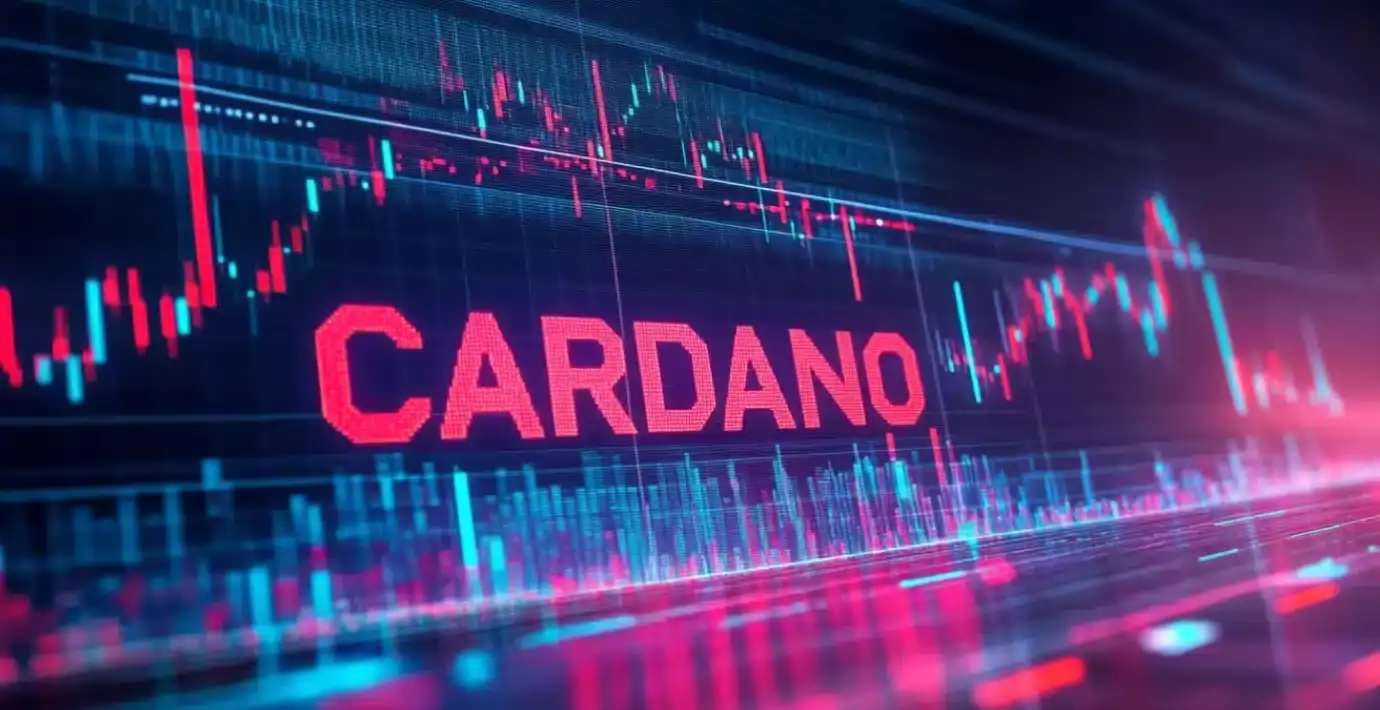Cardano’s recent foray into decentralized finance (DeFi) with its new protocol, Cardinal, is nothing short of revolutionary for Bitcoin holders. Announced by Charles Hoskinson, the visionary behind Cardano, this development comes at a crucial time when the crypto community has been crying out for alternatives to traditional finance systems that often inherently lack transparency. Cardinal boasts innovative features that could very well reshape how Bitcoin enthusiasts engage with DeFi ecosystems.
Innovative Trust Minimization
What stands out most about Cardinal is its trust-minimized structure. Unlike the prevalent wrapped Bitcoin models that rely on centralized custodians, Cardinal employs a sophisticated cryptographic technology known as MuSig2, allowing multiple parties to collaborate in signing off on transactions. This groundbreaking approach retains Bitcoin’s native integrity while enhancing security. In a world where trust can quickly become a liability within decentralized platforms, Cardinal shifts the paradigm by ensuring that the original Bitcoin remains locked on its native chain. All of this unfolds with the assurance that even one honest participant can sustain the security of the entire process.
User Empowerment Through Asset Control
Another noteworthy feature of Cardinal is its stance against rehypothecation, a common practice where custodians reuse user assets with questionable transparency. Cardinal sidesteps this problematic issue, allowing users complete dominion over their precious Bitcoin while still preserving it in its original form. This shift places power back into the hands of the users, encouraging a more transparent relationship with their assets. In a financial climate often muddied with obfuscation, giving users clear control is a breath of fresh air and a must for fostering trust.
Optimizing Interoperability
Combining the strengths of both Bitcoin and Cardano, Cardinal utilizes an off-chain execution system called BitVMX that makes complex Bitcoin operations much easier. The integration of this system with Cardano’s smart contracts enhances asset transfer efficiency while retaining decentralization. By showcasing a bridgeless BTC-to-Cardano transfer at the Bitcoin 2025 conference, Cardinal made a persuasive case for its role in further intertwining the two platforms. This interoperability is essential for driving user engagement and proving that Bitcoin can no longer exist in a silo; it must interact fluidly with the evolving DeFi landscape.
Addressing Cardinal’s Challenges
Despite the promise that Cardinal holds, Cardano’s recent trajectory in DeFi has not been without issues. Based on DefiLlama data, the total value locked (TVL) within the ecosystem fell from $415 million in May to around $334 million by June 10. This decline raises concerns about whether Cardinal will be sufficient to attract liquidity back to the platform. However, it has the potential to revitalize user engagement and spur innovative applications built around Bitcoin assets.
As the DeFi landscape continues to evolve, Cardinal stands at the intersection of opportunity and challenge. If it successfully delivers on its promises, this bold initiative could redefine how Bitcoin users navigate decentralized finance, bringing forth a new era of utility and empowerment.


Leave a Reply